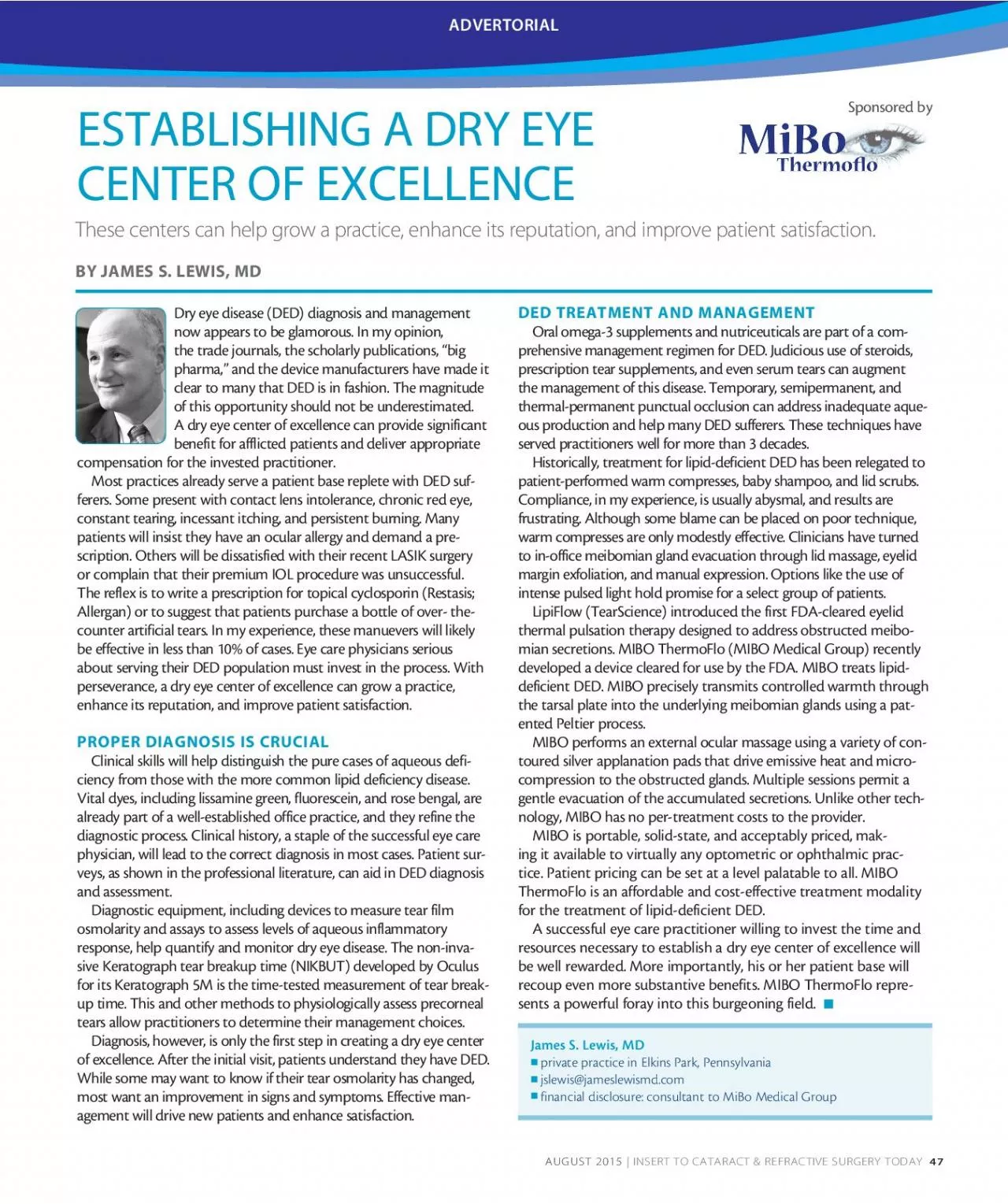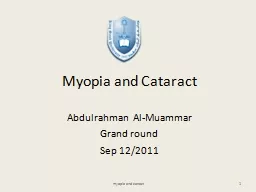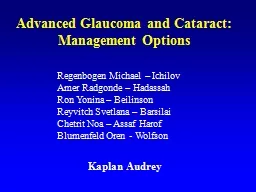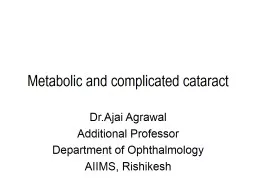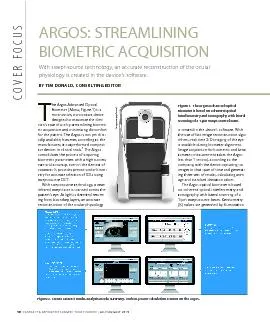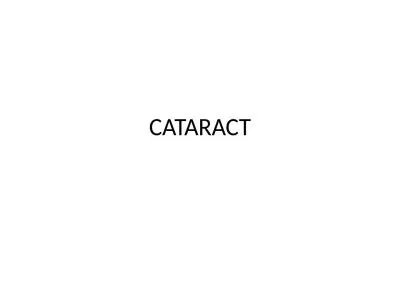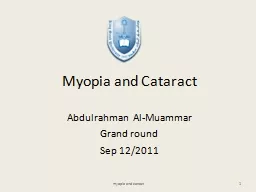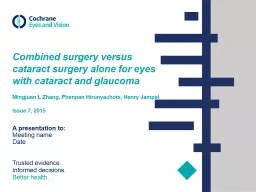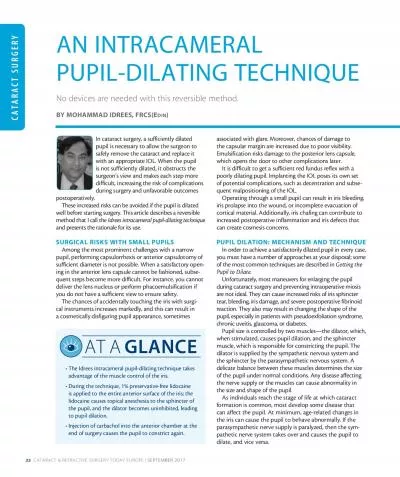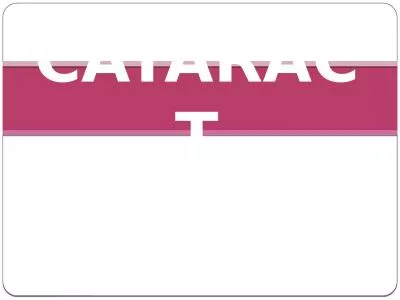PDF-INSERT TO CATARACT REFRACTIVE SURGERY TODAY
Author : luna | Published Date : 2021-06-18
AUGUST 2015 47 Dry eye disease DED diagnosis and management now appears to be glamorous In my opinion the trade journals the scholarly publications 147big pharma148
Presentation Embed Code
Download Presentation
Download Presentation The PPT/PDF document "INSERT TO CATARACT REFRACTIVE SURGERY T..." is the property of its rightful owner. Permission is granted to download and print the materials on this website for personal, non-commercial use only, and to display it on your personal computer provided you do not modify the materials and that you retain all copyright notices contained in the materials. By downloading content from our website, you accept the terms of this agreement.
INSERT TO CATARACT REFRACTIVE SURGERY TODAY: Transcript
Download Rules Of Document
"INSERT TO CATARACT REFRACTIVE SURGERY TODAY"The content belongs to its owner. You may download and print it for personal use, without modification, and keep all copyright notices. By downloading, you agree to these terms.
Related Documents

